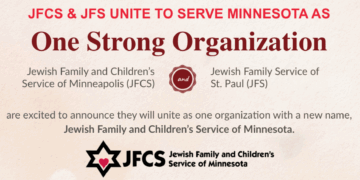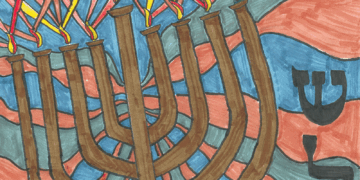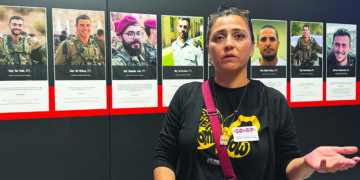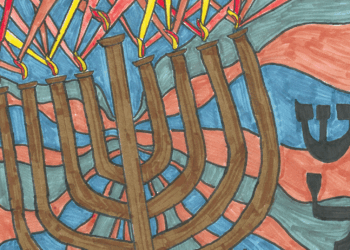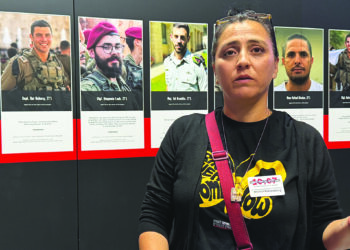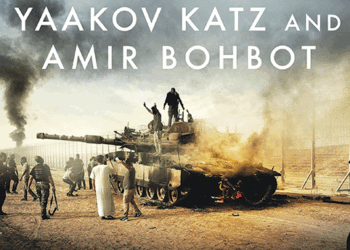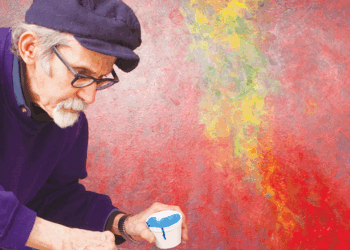The Marriage of Opposites, by Alice Hoffman, Simon and Schuster, 365 pages, $27.99
Reviewed by NEAL GENDLER
Around Rachel, the mother of Impressionist master Camille Pissarro, novelist Alice Hoffman has created a rich, spellbinding tale of forbidden love, alienation, adultery, cultures, death and determination set amid blazing color and wilting heat.
Pissarro’s paintings now command small fortunes, but in keeping with his modest beginnings as a shopkeeper’s son, he doesn’t appear until the middle of The Marriage of Opposites, officially out next Tuesday, Aug. 4.
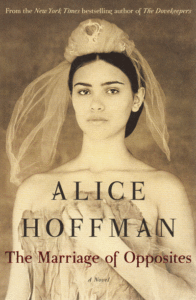
He’s among eight birth children and three loved stepchildren of the real Rachel Monsanto Pomié Petit Pizzarro, born in 1795 on Danish-ruled St. Thomas, home to about 75 Jews with more arriving regularly.
Hoffman’s Rachel is determined to control her destiny, an unusual idea then that resonates strongly now, endearing her to us.
The plot is complex and so is the telling, switching among first-person and third-person narrators.
“As a child I did not sleep through the night, and I certainly didn’t follow any rules,” Rachel begins. “I was a girl who knew what I wanted.”
She wanted to be educated and to go to France, where her grandparents had owned orchards and named themselves Pomié, after apple. Rachel’s father had fled Saint-Domingue for St. Thomas, where the king had ruled all religions free, ending a chain of expulsions and flight that began in 1492 Spain and “followed our people across the ocean,” Rachel says.
Her father prospered for a time with a store and exports of sugar, molasses and rum. She was enchanted by his library — to the annoyance of her bitter mother, who she defied.
Rachel was a free spirit, inseparable from beautiful Jestine, daughter of the family cook. Of African descent, Adelle and a later cook, Rosalie, are the book’s wisest characters, surprisingly frank with their employers. Rachel and Jestine roam woods, swim and watch turtles come ashore at night to lay eggs. The island’s tropical environment is described so vividly that you almost can see, hear and sweat it.
Hoffman, author of more than 30 novels, including The Museum of Extraordinary Things and The Dovekeepers, says her “imagined story mirrors the known facts about [Rachel] as closely as possible.” Indeed: This novel has a bibliography. Twice-widowed Rachel died in Paris in 1889, at the age of 94.
At 22 or 23, Rachel agrees to marry older widower Isaac Petit, creating a merger to save both family’s businesses. She takes his three children to her heart and has four more, one after Isaac’s death at 50. Although educated in business by her father, and half owner with Isaac’s family in France, law forbids her to run businesses. So Isaac’s family sends a nephew to take over. Abraham Gabriel Frédéric Pizzarro is a gorgeous 22, she’s beautiful at 29, and nature races to take its course.
They’re not related by blood, and Isaac is dead, but the community considers Rachel to be Frédéric’s aunt and their relationship incest per Leviticus. “The Reverend” won’t marry them. As a girl, Rachel recalls, “The idea that a woman might be willing to ruin her life for love was far beyond my understanding.”
But so she does, the family shunned for years. She and Frédéric have four children. The third, in 1830, is Jacob Abraham Camille Pizzarro (later Frenchified to Pissarro) — who’s as defiant as she was.
In a way explained vaguely in mid-book, a community elder finally agrees to let them marry without a license in his house, scrapes together a reluctant minyan clad in funeral black and performs the ceremony. (A Jewish wedding doesn’t require a rabbi. It requires the bride’s agreement, the groom’s gift of an object of value — normally a ring — and his declaration in the presence of qualified witnesses that she is thereby consecrated to him according to the law of Moses and Israel. Normally, there’s a marriage contract.) Eventually, the couple is accepted into the community.
But all this scratches only one layer of the beginning of this intricate, elegant book, which pulls you in quickly and holds you tight.
***
Neal Gendler is a Minneapolis writer and editor.
(American Jewish World 7.31.15)

